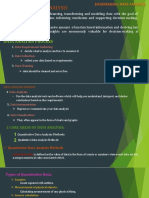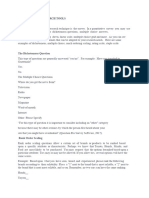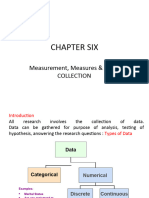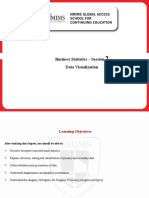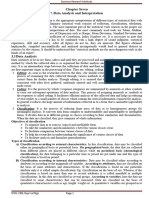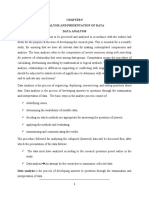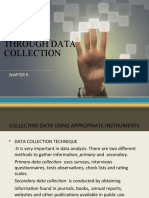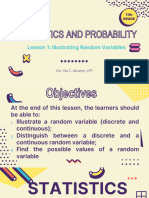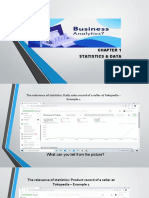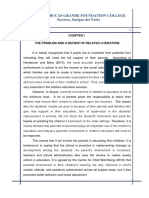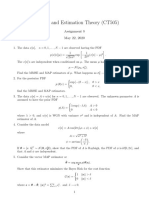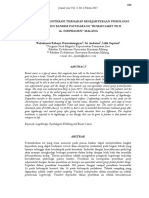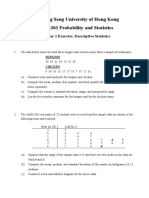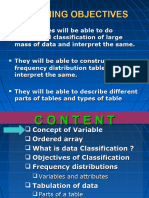0% found this document useful (0 votes)
29 views30 pagesPR2 Quarter 3 - Module 5 Data Collection & Analyzing Data
The document discusses various quantitative research tools, primarily focusing on survey techniques used in educational research, including types of questions such as dichotomous, multiple choice, rank order scaling, and open-ended questions. It also covers methods for presenting and interpreting data in tabular and graphical forms, along with statistical techniques for analyzing data, particularly bivariate analysis. Examples and explanations of different question formats and data presentation methods are provided to aid in effective data collection and analysis.
Uploaded by
Mylene DesiarCopyright
© © All Rights Reserved
We take content rights seriously. If you suspect this is your content, claim it here.
Available Formats
Download as PPTX, PDF, TXT or read online on Scribd
0% found this document useful (0 votes)
29 views30 pagesPR2 Quarter 3 - Module 5 Data Collection & Analyzing Data
The document discusses various quantitative research tools, primarily focusing on survey techniques used in educational research, including types of questions such as dichotomous, multiple choice, rank order scaling, and open-ended questions. It also covers methods for presenting and interpreting data in tabular and graphical forms, along with statistical techniques for analyzing data, particularly bivariate analysis. Examples and explanations of different question formats and data presentation methods are provided to aid in effective data collection and analysis.
Uploaded by
Mylene DesiarCopyright
© © All Rights Reserved
We take content rights seriously. If you suspect this is your content, claim it here.
Available Formats
Download as PPTX, PDF, TXT or read online on Scribd
/ 30


